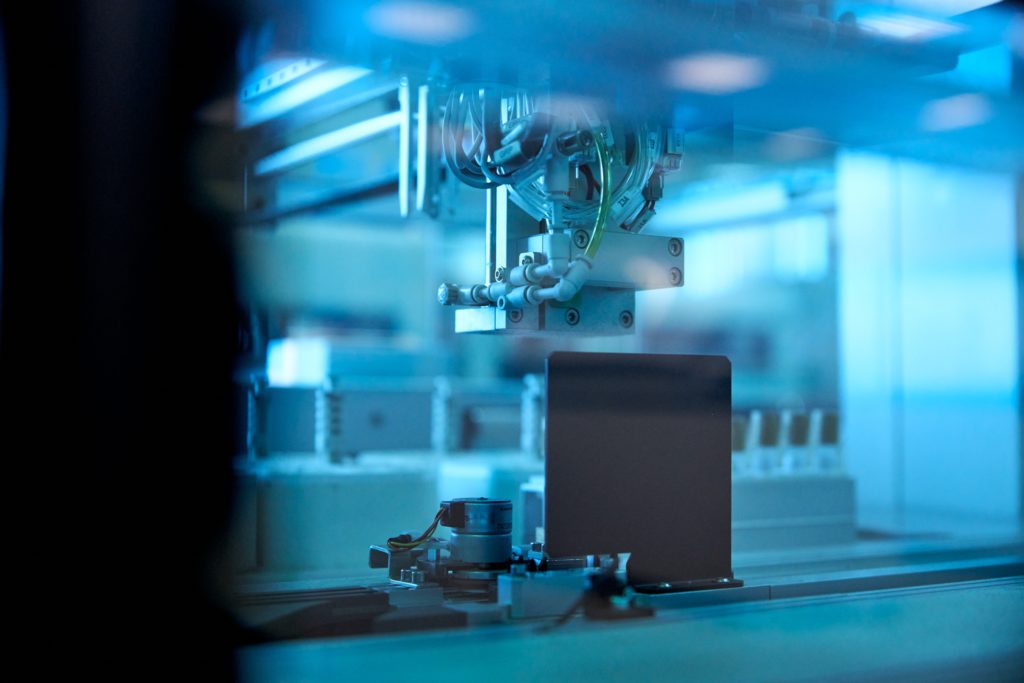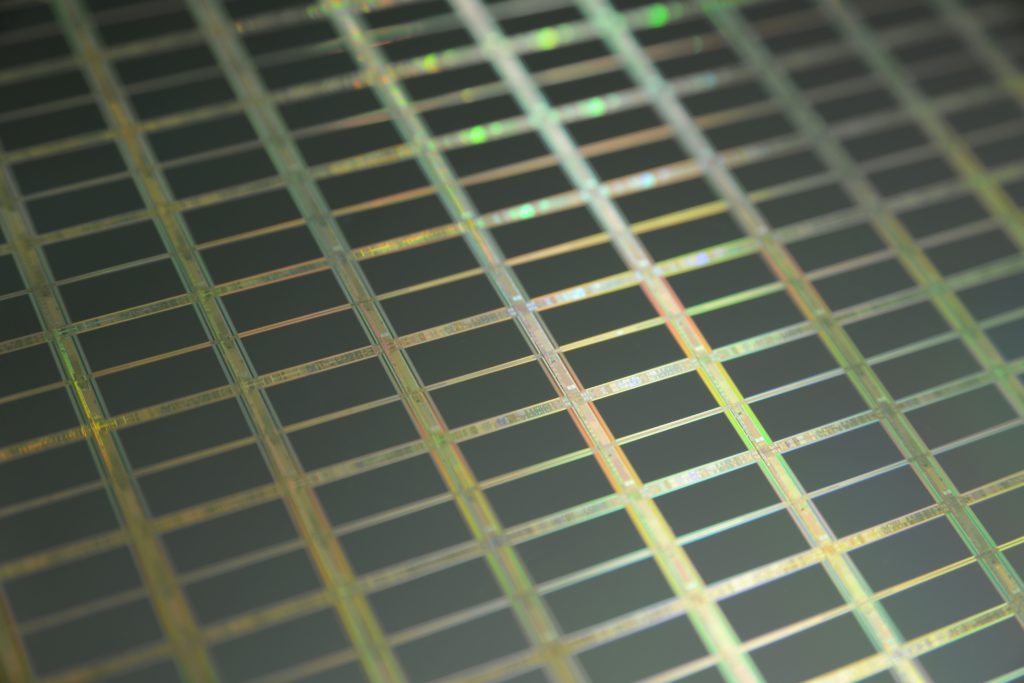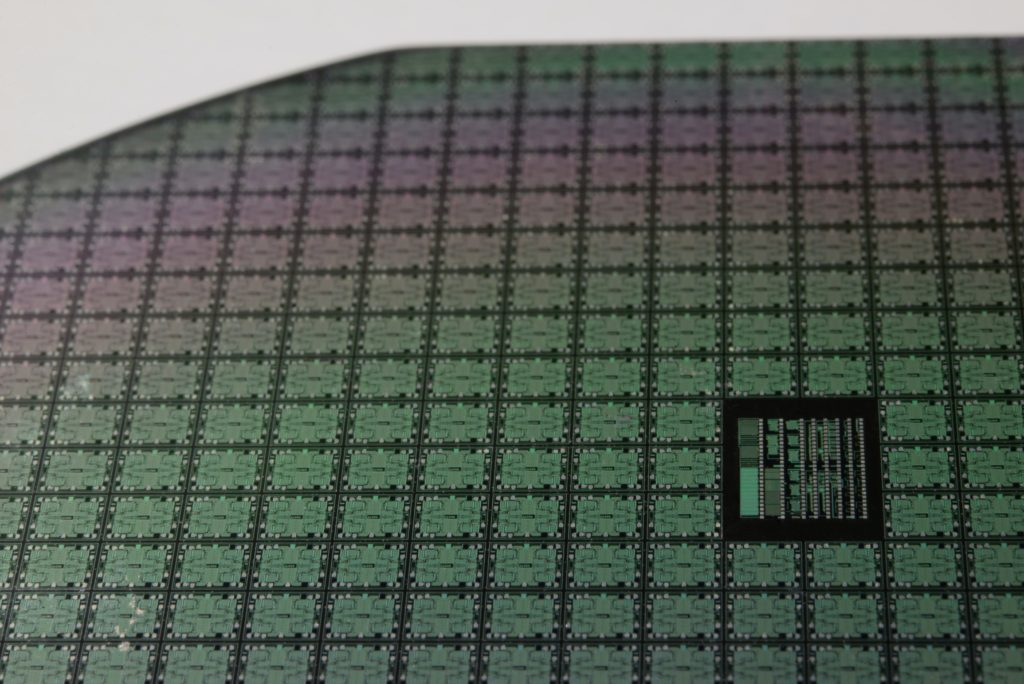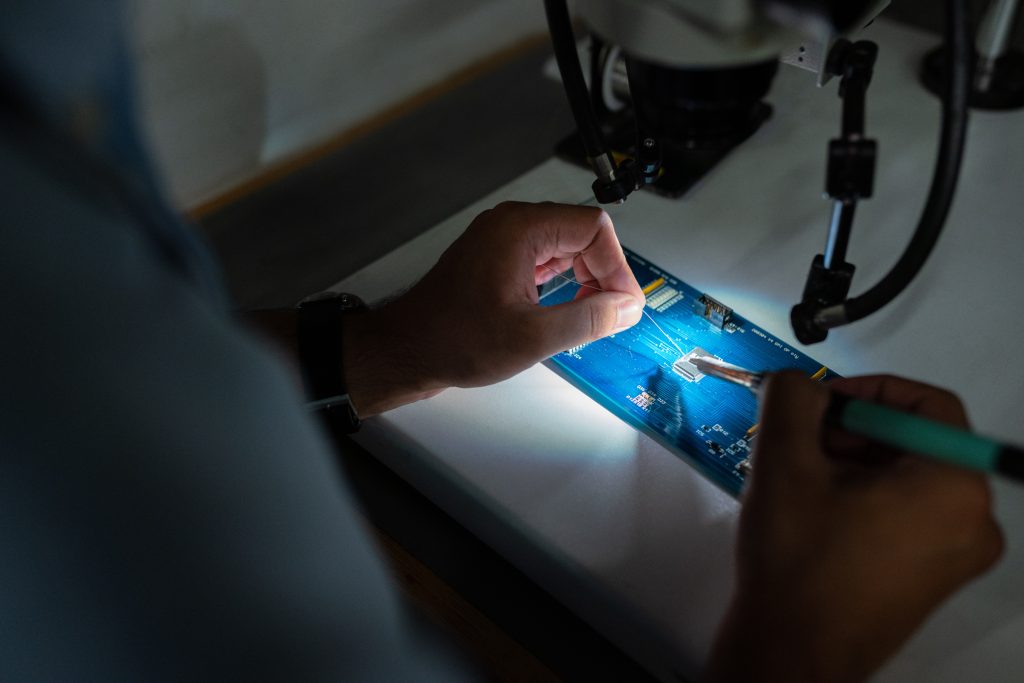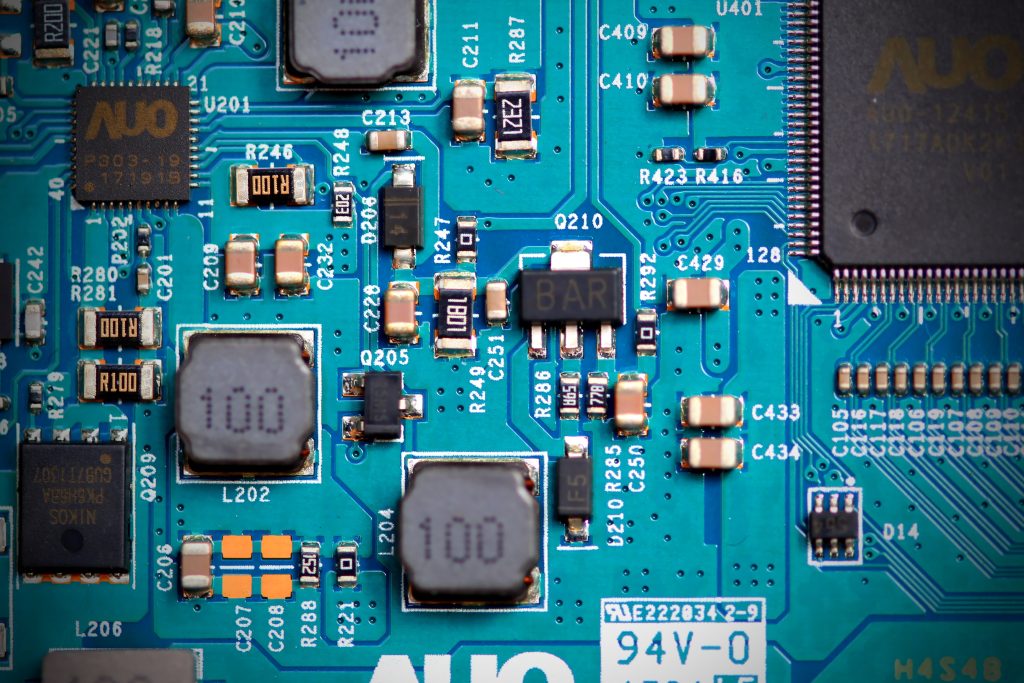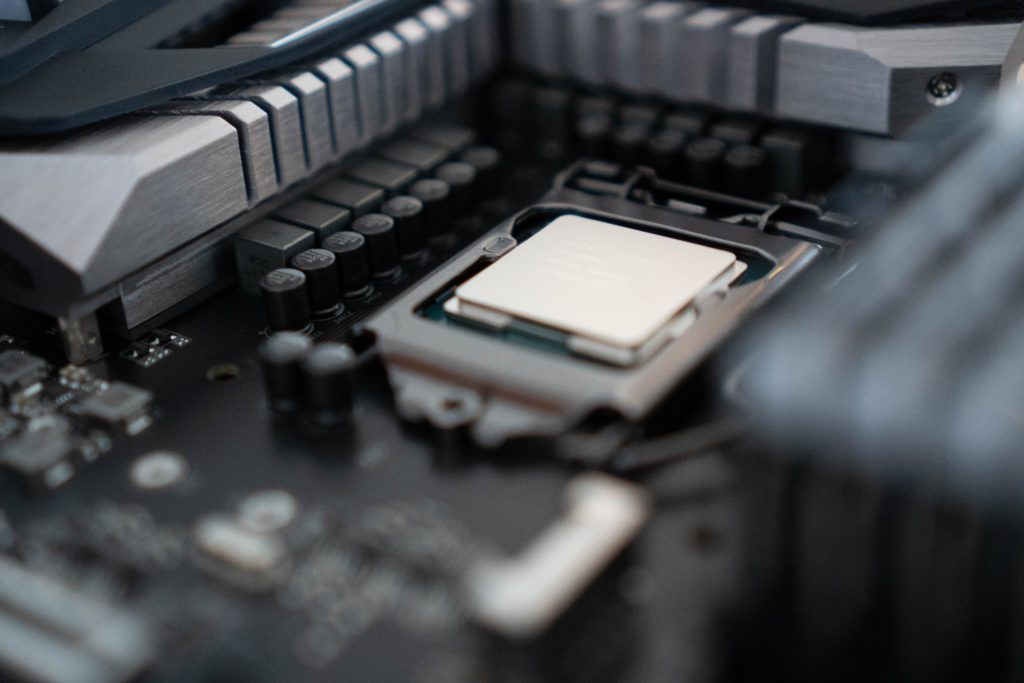Photo by Testalize.me on Unsplash
Moore’s second law, or Rock’s law, states that the cost of a semiconductor manufacturing plant doubles every four years. It is in line with the increase in transistor density, which demands high-tech and advanced solutions which directly contribute to the cost of semiconductor manufacturing plant setup.
As more countries around the globe gear up to attract new semiconductor manufacturing capacity, the investment component becomes the more crucial one and much more than the semiconductor technology itself. High investment involves risks, and to de-risk any future unknown issues, government support is often required. It is where incentives come into the picture and help push private players into building new FABs and OSATs.
How much it costs to build a FAB/OSAT:
MIN-FAB: ~$1 Billion+
MEGA-FAB: ~$4 Billion+
GIGA-FAB: ~$12 Billion+
OSAT: ~$100 Million+
Semiconductor technology and also semiconductor equipment decide the investment of next-gen semiconductor manufacturing plants. These two components together can increase the cost of a new facility significantly. High investment is also the primary reason to opt for the semiconductor technology that drives a faster break-even point.
Capacity: Incentives at the central/federal and state-level helps the building of new (and/or upgrading old) semiconductor manufacturing. Private players can take advantage of the tax or other related benefits/incentives to drive other semiconductor manufacturing-related activities like expanding existing facilities to drive future demand or hiring more human resources.
Talent: Incentivizing semiconductor manufacturing empowers private players to hire more talents. In the long term, it also creates more job opportunities. Governments who provide an extensive incentive to universities for semiconductor research/education also encourage the training of high-tech talent. Countries like US and regions like Europe are two such examples apart from several Asian countries.
The race to set up new capacity at new/existing semiconductor ecosystem is heating up. The factor that attracts investment in a semiconductor manufacturing plant is the incentive. Over the last decade, governments of countries that have heavily incentivized semiconductor manufacturing have seen an exponential increase in semiconductor manufacturing capacity. Taiwan, South Korea, Japan, and China are a few such examples.
As more new semiconductor manufacturing regions come around the globe, governments must keep heavily incentivizing to drive next-gen semiconductor manufacturing infrastructure.

One of the most important long-term benefits of incentivizing semiconductor manufacturing is the long-term capacity building for the in-country requirement. Heavily depending on a high-tech solution like semiconductor is going to be a risk in the future.
By incentivizing semiconductor manufacturing, private players can foster the growth of building a semiconductor ecosystem. Doing so can make any given country self-reliant concerning the semiconductor supply chain.
Research: Incentives enable private players and universities to foster a research and development environment as companies/universities can divert the saved cost towards building the future advanced semiconductor logic to equipment.
Break Even: Incentives also reduce the CapEx, which helps in achieving the break even point faster. It also reduces the liability and mitigates the business-related risk.
The growing demand for semiconductor solutions in different day-to-day products is driving the need for new capacity. The only way to balance this capacity demand is by providing long-term incentives. To make the semiconductor FAB/OSAT a reality, a long-term strategic plan that balances the technical and business aspect is also required. It requires a handshake between the government and the private players.
Governments with attractive incentives will win the battle of building a new semiconductor manufacturing capacity. Doing so will also empower countries to take control of in-county semiconductor demand.
